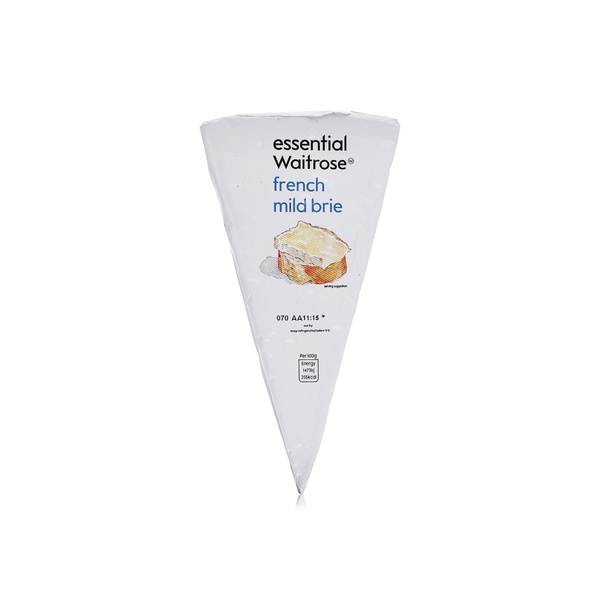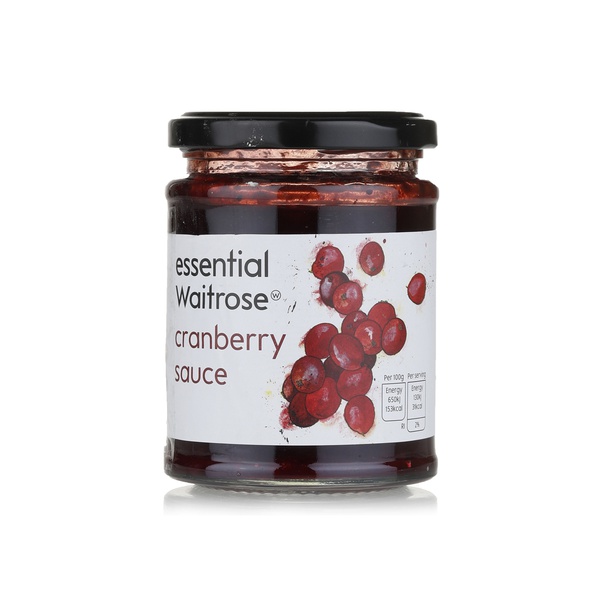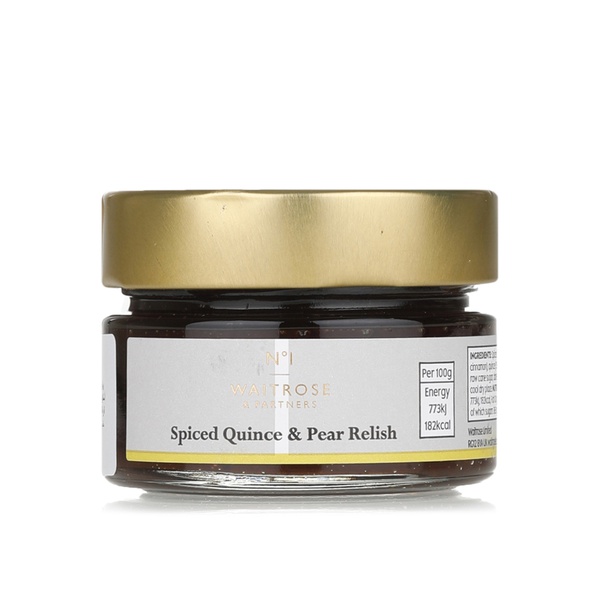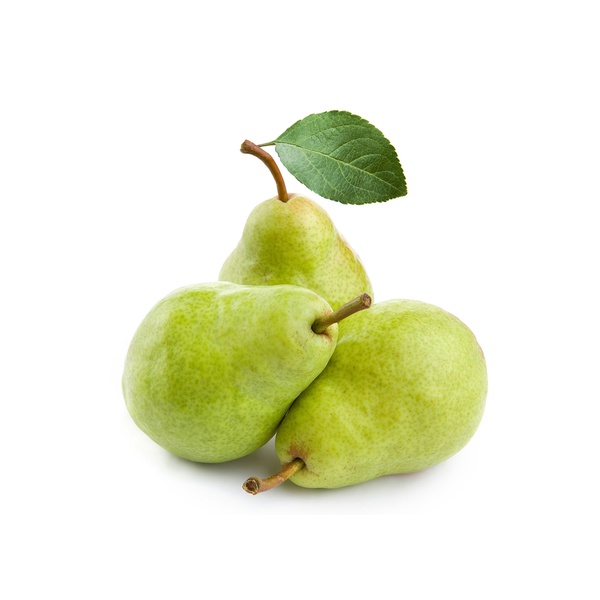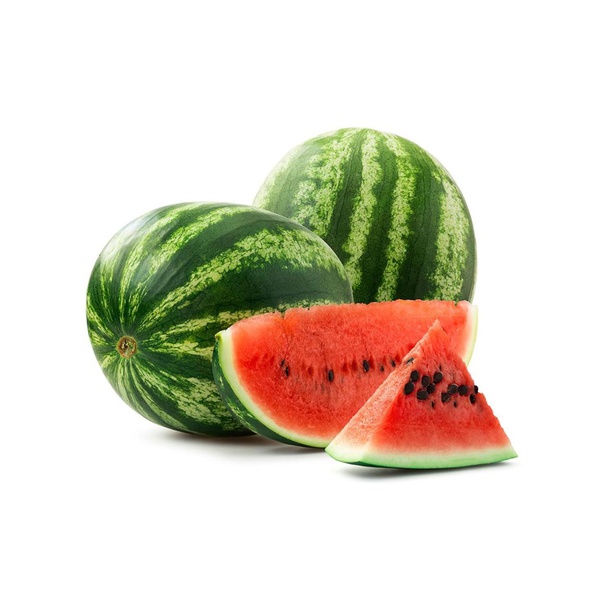Sweet meets savoury
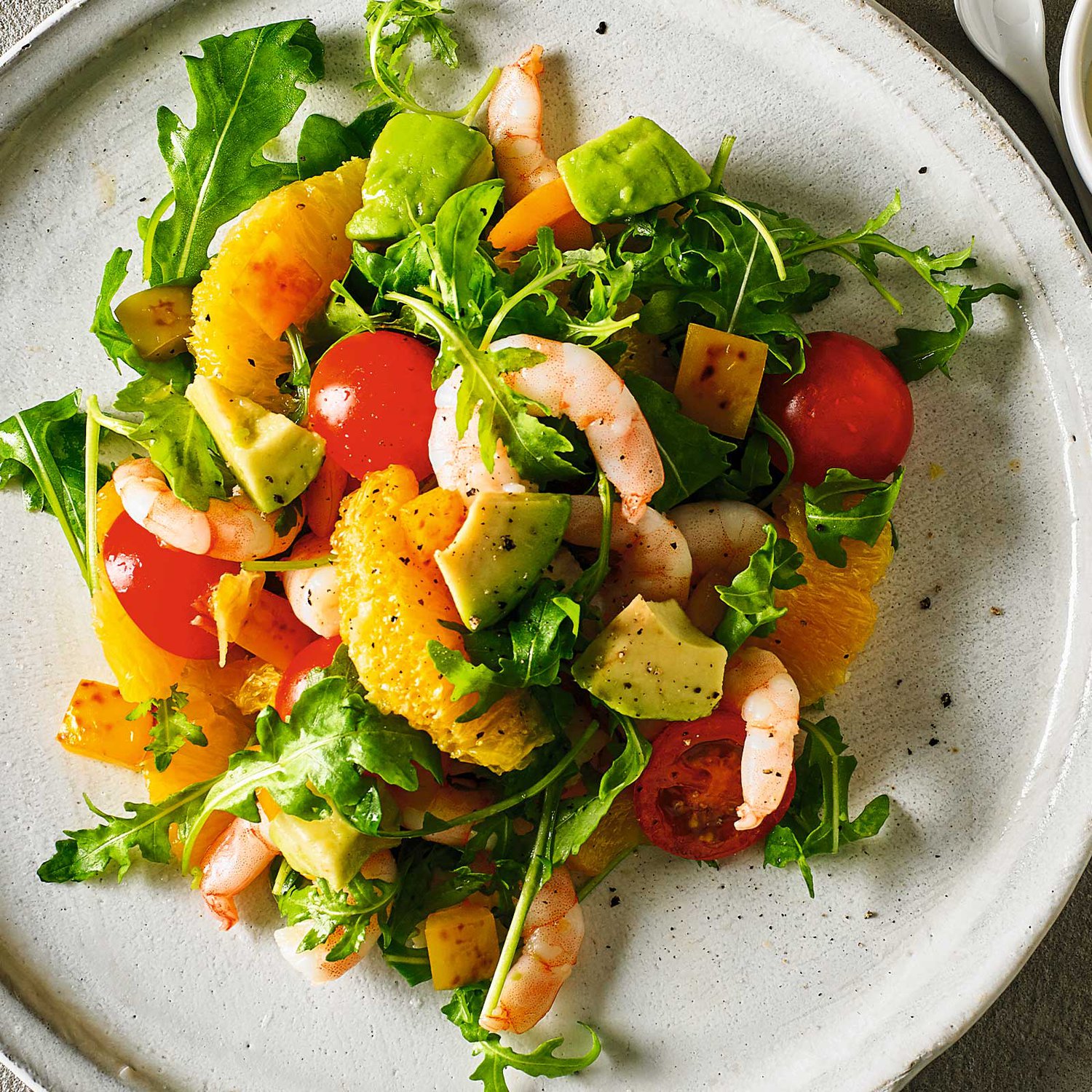
Fresh fruit can bring an abundance of taste, texture and colour to savoury dishes, with a splash of sugary flavour adding an element of surprise and playfulness. A chicken salad can be transformed with a handful of crunchy, sour green apple cubes – or for a more subtle contrast, fling some silky textured orange segments over your crunchy iceberg lettuce.
Duck has a rich and gamey flavour that can be enhanced with a dash of orange sauce. It’s a similar story with a leg of lamb and apricot – a popular combination in Moroccan cooking. Roast turkey and cranberries, meanwhile, are a classic festive combination.
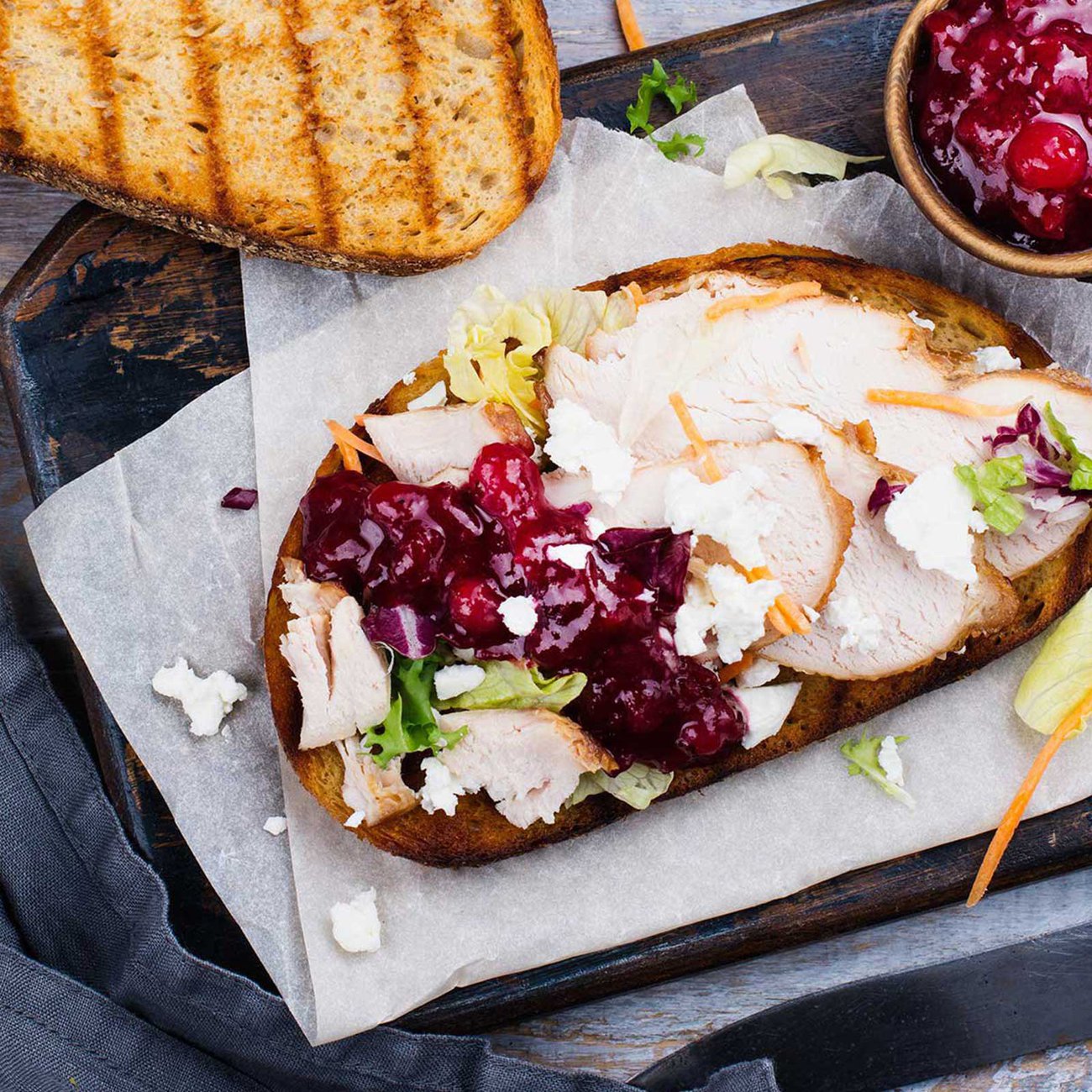
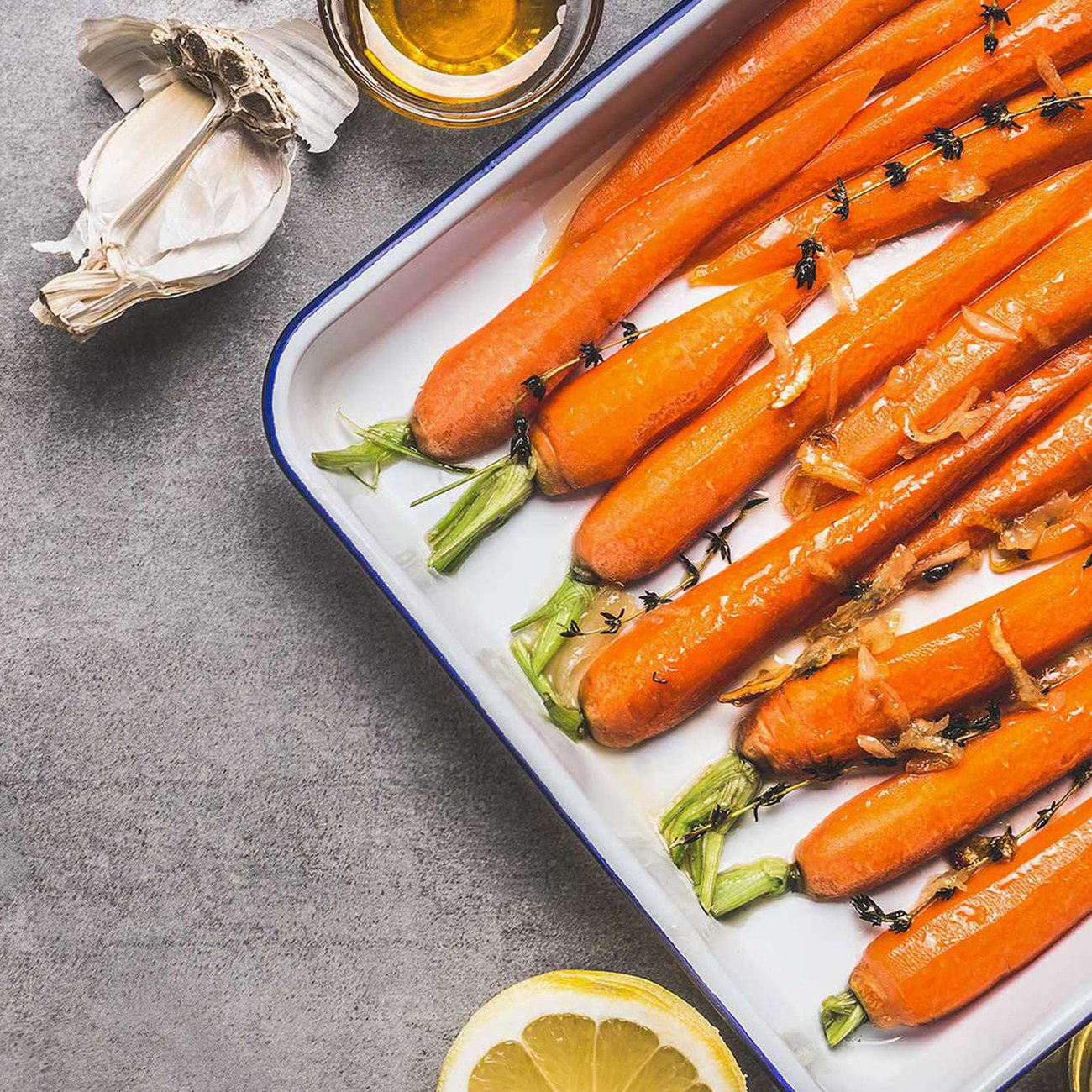
Vegetables can be enhanced dramatically with a sweeter flavour. Try baking squashes or pumpkins with cinnamon, or adding mint to pea soup. As for roasted carrots, a drizzle of honey adds a luxuriously sticky texture.
In the dessert category, enjoy bananas and almond butter mashed together on a piece of toast, or tease your taste buds with the iconic American partnership of peanut butter and jam, usually made from blackcurrant, strawberry or raspberry.
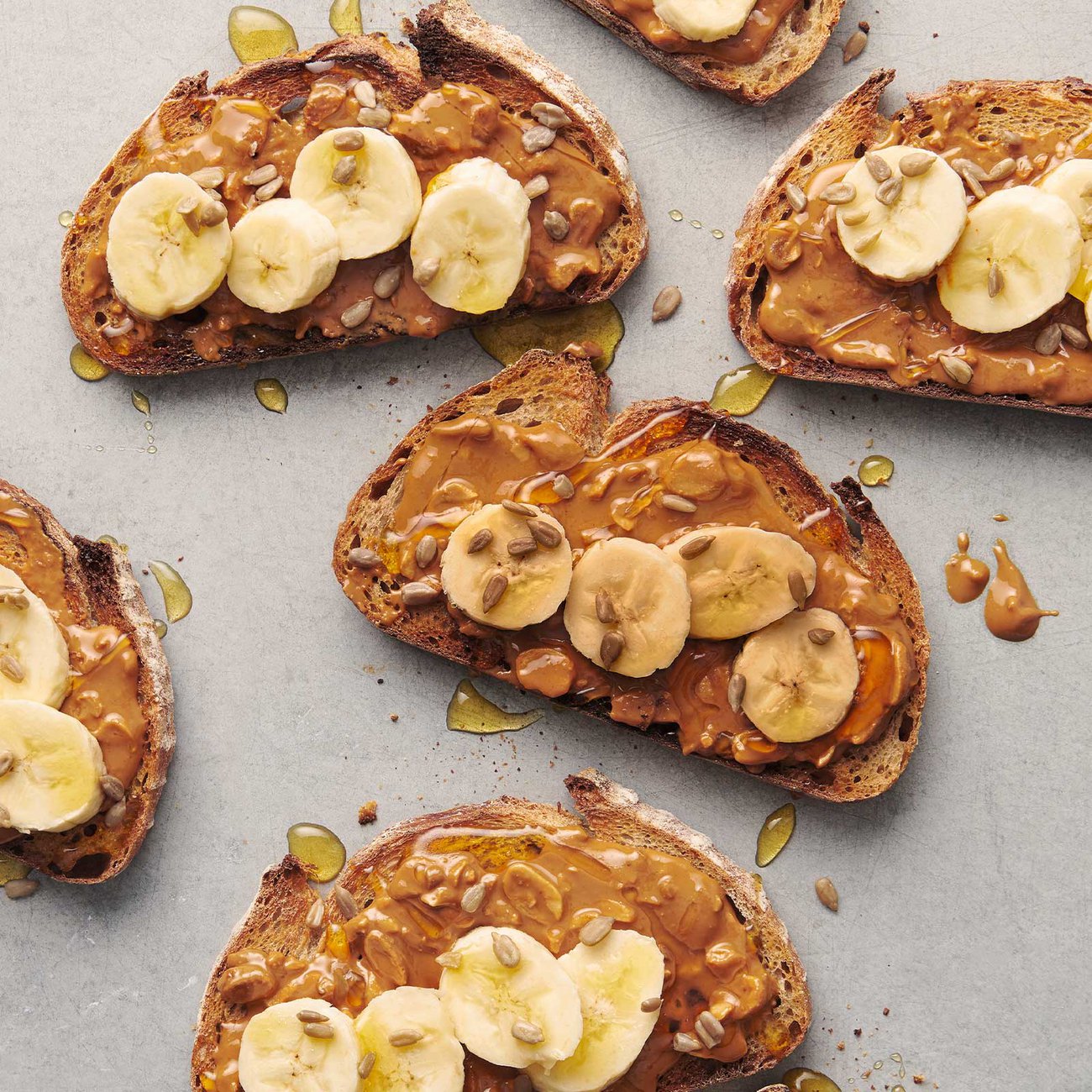
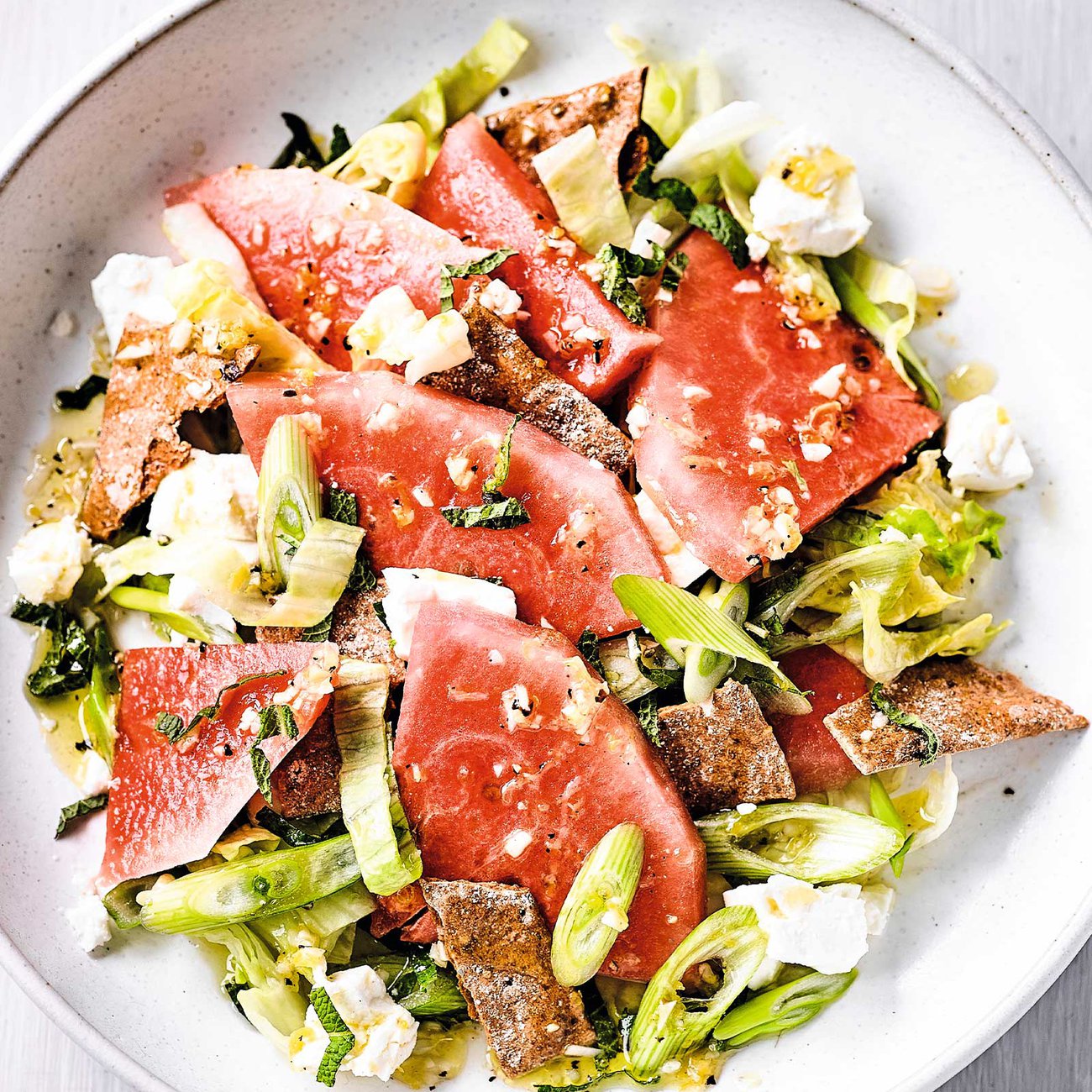
But to experience the most successful examples of sweet meeting savoury, look no further than cheese. Apricots, ginger and cranberries studded in a chalky Wensleydale taste delicious served on a ginger cracker. Goat’s cheese and honey is another winner, while cheddar can be appreciated with crisp apple. The sweet crunch of watermelon is a dream co-star opposite a salty feta cheese, while pomegranate and feta are also worth trying together.
A stronger cheese, such as the nutty Gorgonzola, goes well with figs and pear (especially on pizza), while the grape can hold its own against a pungent English Stilton. It’s these contrasting tastes and textures that make food so enthralling, so cherish that segment of tangerine in your chicken salad; embrace those cheddar cubes and pineapple chunks skewered side-by-side on a cocktail stick; and revere that classic Thai dessert of sticky rice with mango.
